A Complete Overview of Cybersecurity
Cybersecurity is the process of defending networks and devices from external threats. The method of protecting computers, mobile devices, electronic systems, servers, networks, and data from malicious intrusions is known as cyber security. Businesses hire cybersecurity professionals to protect sensitive information, preserve staff productivity, and boost customer confidence in products and services.
Passwords are no longer adequate to protect the system and its contents. We all want to keep our private and professional data safe. This Cybersecurity is something you should be aware of.
With the Internet of Things (IoT) revolutionizing the way the world works, Cybersecurity must be implemented in all systems vulnerable to threats and attacks to prevent extortion attempts, identity theft, data loss, sensitive information misuse, cyberstalking, and so on.
Table of Contents
Critical Concept of Cybersecurity
The usage of authentication systems is a critical component of Cyber Security. A user name, for example, identifies an account that a user wishes to access, whereas a password serves as proof that the user is who he claims to be.
Cyber security is a broad term founded on three core concepts known as the CIA Triad. The three main components of Cybersecurity are Confidentiality, Integrity, and Availability.
Let’s explore them one by one in detail-
Confidentiality
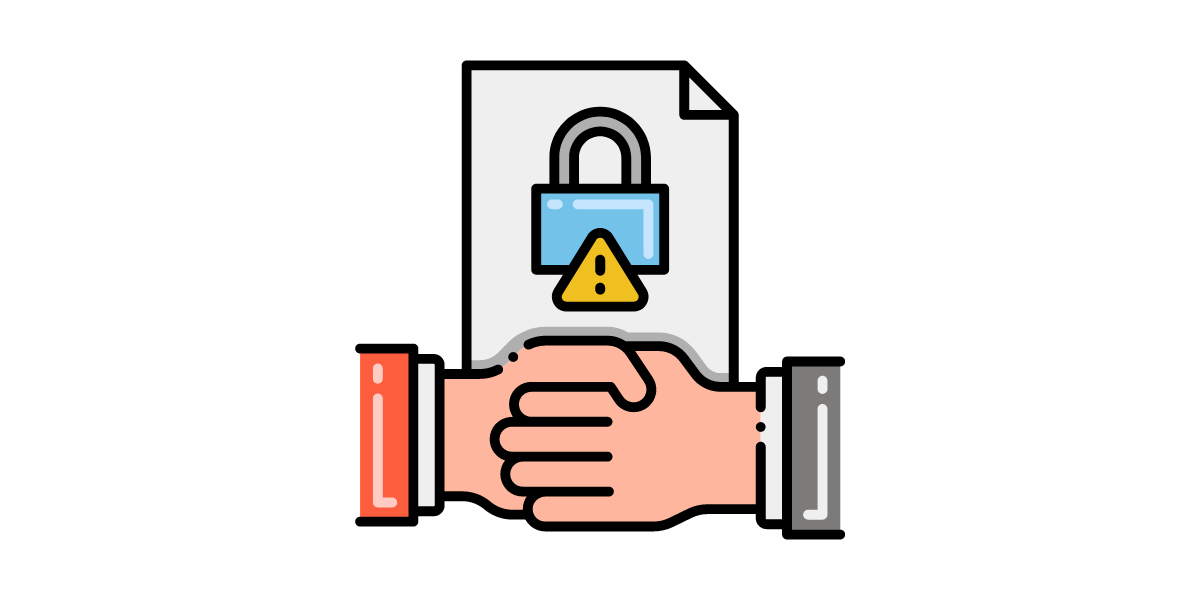
The actions of an organization to keep data private or secret are referred to as confidentiality. Access to information must be restricted to prevent data’s unintentional or accidental release. Ensuring that those who don’t have the necessary authorization can’t access assets crucial to your company is essential for protecting confidentiality. Access control mechanisms such as two-factor authentication, passwordless sign-on, and other access restrictions promote confidentiality.
Integrity
This assures that the data remains accurate, consistent, and reliable. In addition, it means that data in transit should not be changed, altered, deleted, or accessed unauthorized. Access control and encryption can help maintain data integrity, but there are numerous more techniques to safeguard data from threats and manipulation. Regular backups should be performed to deal with unintentional deletion, data loss, and even cyberattacks.
Availability
All relevant components, such as hardware, software, devices, networks, and security equipment, should be maintained and upgraded to ensure availability. This will assure that the system operates smoothly and that data can be accessed without interruption.
Even if data is kept secure and its integrity is preserved, it is often meaningless unless it is accessible to those within the business and the clients they serve. This means that systems, networks, and applications must work correctly and appropriately.
Types of Cybersecurity
Cybersecurity is an ever-evolving area that contains an ongoing digital struggle between hackers and other individuals attempting to undermine data integrity. Cybersecurity analysts and professionals ensure that those attempts are unsuccessful and secure the data.
The numerous types of Cybersecurity are generally separated depending on the various cyber attack types used to interfere with protected and sensitive data.
Network security
The term network security refers to various technology, devices, and processes. It entails implementing rules and configurations to protect network and data confidentiality, integrity, and accessibility.
Mobile security
Mobile security, often known as wireless security, is the safeguarding of smartphones, laptops, tablets, and other portable devices and the networks to which they are linked against the hazards and vulnerabilities associated with wireless computing.
Data security
Data security refers to safeguarding and protecting your sensitive information from unauthorized access or usage that could expose, delete, or corrupt it. For example, using encryption to prevent hackers from accessing your data in the event of a breach is an example of data security. It encompasses the many cybersecurity techniques you use to protect your data from misuse, such as encryption, physical and digital access limitations, etc.
Infrastructure security
It’s a security mechanism that safeguards essential infrastructure such as network connections, data centers, servers, and IT centers. The goal is to make these systems less vulnerable to corruption, sabotage, and terrorism. Businesses and organizations that rely on vital infrastructure should be aware of the risks and take steps to secure their operations. Cybercriminals may target your utility infrastructure to attack your business, so assess the risk and establish a contingency plan.
Why is Cybersecurity important?
Cybercrime has impacted the world with a cost of $6 trillion in 2021. These costs will rise to $10.5 trillion by 2025. The desire to keep the data, information, and devices private and secure drives the relevancy of cyber security. People today save enormous amounts of data on laptops and other internet-connected devices. Much of it is confidential, such as financial information and passwords. Companies do not have to be concerned about unauthorized people accessing their network or data by relying on cybersecurity. It assists them in safeguarding both their customers and their personnel.
Cybersecurity is critical because it safeguards all data types against theft and loss. Sensitive data, personally identifiable information (PII), personal information, intellectual property, data, protected health information (PHI), and governmental and industry information systems all come under this category. You’d rather spend a little money on cyber security and save a lot of money on your company’s security than lose a lot of money to industrial spying.
Common Cyber Threats
Despite the measures of cybersecurity professionals to plug security breaches, attackers are continuously looking for new and advanced ways to avoid detection by IT, bypass protection measures, and exploit new vulnerabilities. In 2020, cyber attacks have been ranked as the fifth most important risk, and they have become the new normal in both the public and private sectors. This dangerous industry is anticipated to develop even more in 2022, with IoT cyber attacks alone expected to double by 2025.
Individuals and corporations are vulnerable to cyber attacks, often because they save personal information on their mobile phones and use insecure public networks.
Let’s explore some of the common cyber threats-
Malware

Malware, often known as malicious code or malicious software, is a computer virus. Malware is a program installed on a computer to jeopardize data confidentiality, integrity, or availability. It is carried out in secrecy and may impact your data, programs, or operating system. Malware has grown into one of the most severe external threats to computer systems. Malware is capable of causing broad damage and disruption, and it necessitates significant effort on the part of most companies.
DDoS (Distributed Denial-of-Service) Attacks
According to Cisco research, the number of distributed denial-of-service (DDoS) attacks will increase to 15.4 million by 2023, up from 7.9 million in 2018. DDoS attacks overload an online service with numerous locations and traffic sources, rendering it unusable. During a DDoS attack, website response time delays, restricting access. By planting malware, cybercriminals create vast networks of infected computers known as Botnets. The most common cybercrime may not be a DDoS attack. Instead, the attacks are frequently used to divert attention away from fraud and cyber intrusion.
Attacks on Passwords
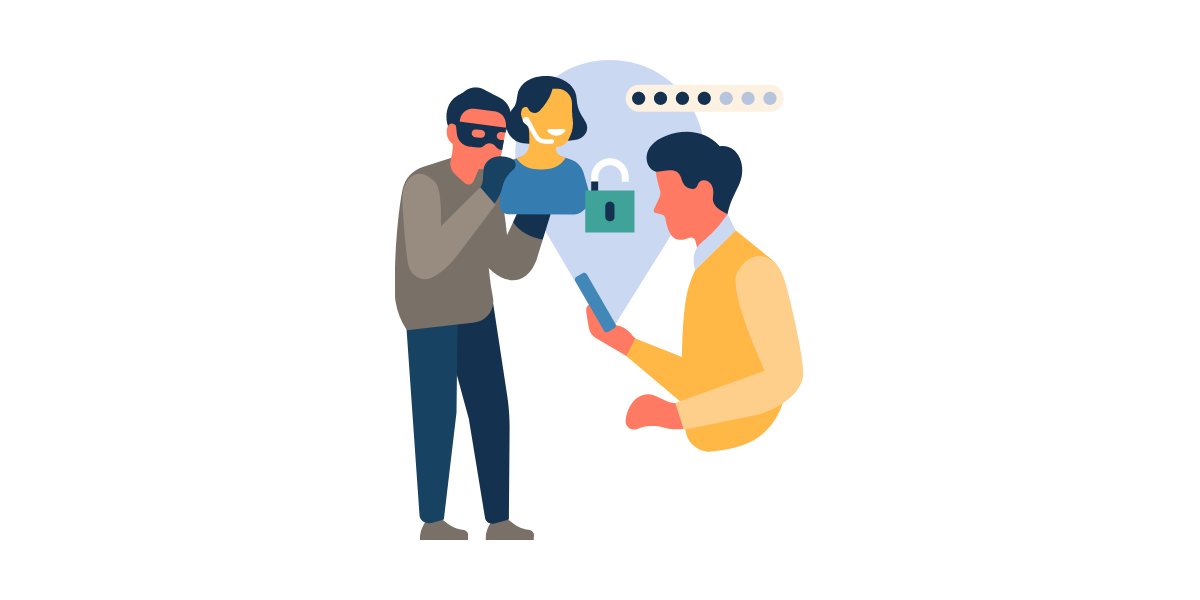
A cyber attacker can gain access to diverse information with a suitable password. Any of the different ways to maliciously authenticate into password-protected accounts is a password attack. These assaults are frequently aided by software that speeds up the cracking or guessing of passwords. The most famous attack tactics are brute force, dictionary assaults, password spraying, and credential stuffing.
SQL Injection
An SQL or Structured Language Query injection is a kind of cyber-attack that enables a hacker to have control over the database and steal data from it. Cybercriminals exploit vulnerabilities in data-driven systems to install malicious code into a database using a malicious SQL query. This equips them with access to the database’s sensitive information.
Social engineering or Phishing
Phishing is a technique of social engineering in which people are tricked into revealing personal or sensitive information. Phishing scams solicit personal information such as credit card numbers or login passwords via text messages or emails that seem to be from a respectable company. The FBI has noticed a spike in pandemic-related Phishing, which they ascribe to more remote work. According to IBM, the average cost of a data breach has risen by $137,000 because of remote work.
Man-in-the-middle Attacks
An eavesdropping attack in which a cybercriminal intercepts and relays messages between two parties to steal data is a man-in-the-middle. An attacker, for example, can block data passing between a guest’s device and the network on an insecure Wi-Fi network.
Ransomware
Ransomware is a virus that prohibits or restricts people from accessing their computers. Ransomware demands that you pay a ransom using online payment channels to restore your system or data access. A ransomware attack strikes a business every 11 seconds according to Arcserve, 2020.
Ransomware infiltrates computer networks and uses public-key encryption to encrypt files. This encryption key, unlike other viruses, remains on the cyber criminal’s server. This private key will be demanded as a ransom by cyber thieves. Encryption is being used as a weapon by cybercriminals to hold data hostage.
Some Effective And Practical Tips For Cybersecurity
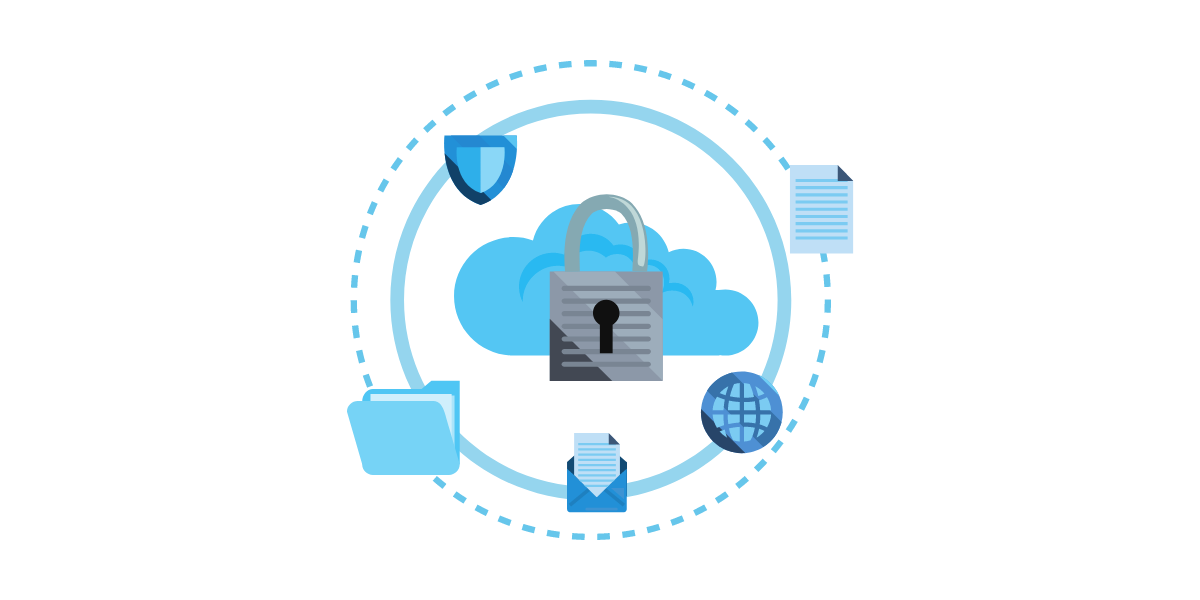
Cybercrime is unquestionably one of the world’s fastest-growing crimes, and it continues to impact organizations across all industries. You need to pay greater attention to Cybersecurity if you don’t want your company or firm’s name to find up in the news due to a security breach. As cyber security threats become more regular, it’s critical to understand what you can do to secure your personal information online.
However, staying safe from cyberattacks is difficult. It’s challenging to keep up when thieves constantly seek new ways to disclose security flaws. Nonetheless, there are a variety of measures that you may take to protect against cyber-attacks.
- Keeping your operating system and programs up to date is vital. Always make sure your devices have the most up-to-date security updates.
- Use antivirus software to detect and eradicate threats. Antivirus software prevents malware and other harmful viruses from entering your device and corrupting your data and information.
- Make sure your passwords are strong enough and difficult to guess. A password manager can help you keep all of your accounts’ passwords solid and unique.
- Another technique to help protect your online accounts from being stolen is to use two-factor authentication. For example, you can have a code sent to or produced on your device, such as your phone, that you can use to verify your identity each time you log in.
- Links can easily be misrepresented as something they aren’t, so double-check before clicking on one. By hovering over the link in most browsers, you can see the target URL.
- Never open email attachments from unknown senders since they may contain viruses. In addition, malware is sometimes propagated by clicking on email links from unknown senders or unfamiliar websites.
- Always keep an eye on your devices. Your device’s physical security is equally as important as its technical security.
- If you leave your laptop, phone, or tablet for an extended period, ensure that it is locked and safe so that no one else may operate it. Likewise, if you save sensitive information on a flash drive or external hard disc, ensure it’s encrypted and secured.
- The security of the files you share is only as good as the tools you use to share them. If you want to prevent unauthorized access and keep your files safe, use a secure file sharing solution to encrypt your files while they’re in transit and at rest.
- Don’t use public WiFi networks that aren’t secure. These networks are vulnerable to man-in-the-middle attacks. It is best to stay away from public networks or use a VPN when you’re connected to one.
- Bluetooth can hack devices, allowing your personal information to be taken. Turn off your Bluetooth if you haven’t used it in a while.
- Be cautious about what you post on social media online. By looking at your public profile, criminals and hackers can discover a lot about you. So check your social media account’s privacy settings regularly.
Conclusion
Technology and best cybersecurity practices defend vital systems and sensitive data from an ever-increasing number of constantly changing attacks. You should protect your network and computer with cyber security in the same way you safeguard and protect your home by locking the door when you leave your house.
To implement an effective Cybersecurity strategy, an organization’s people, processes, computers, networks, and technology, whether large or small, should all share equal responsibility. It is conceivable to withstand severe cyber danger and attacks if all components complement each other.
Encaptechno allows users to hide their Internet Protocol (IP) address and browse the internet with an encrypted connection. This keeps them safe from hackers and helps them avoid cyber threats. Reach out to us today
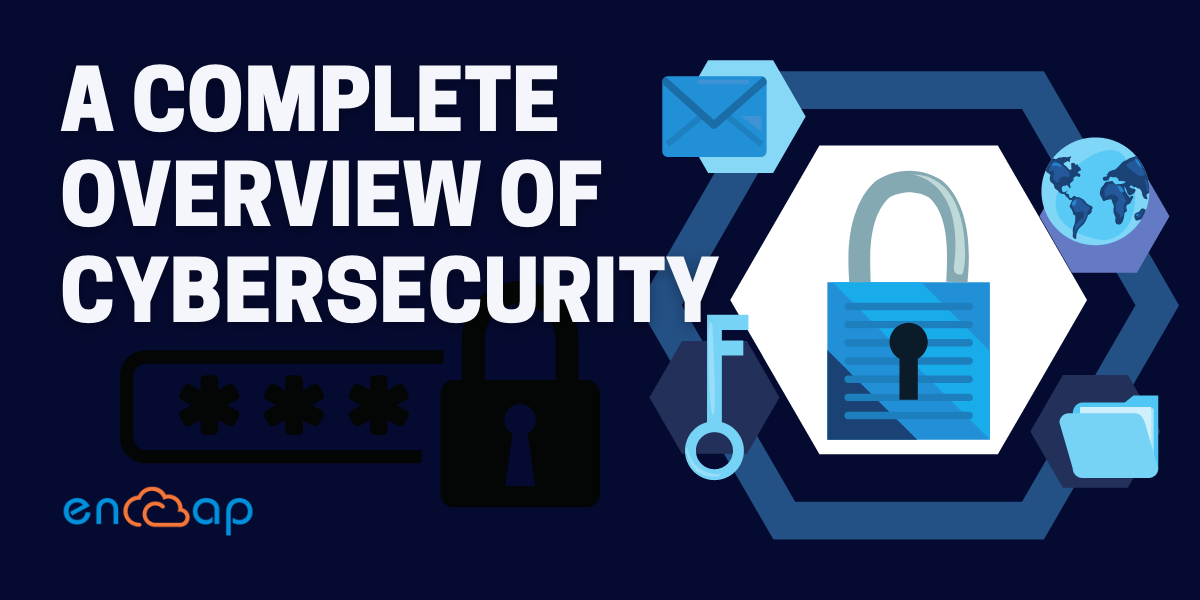
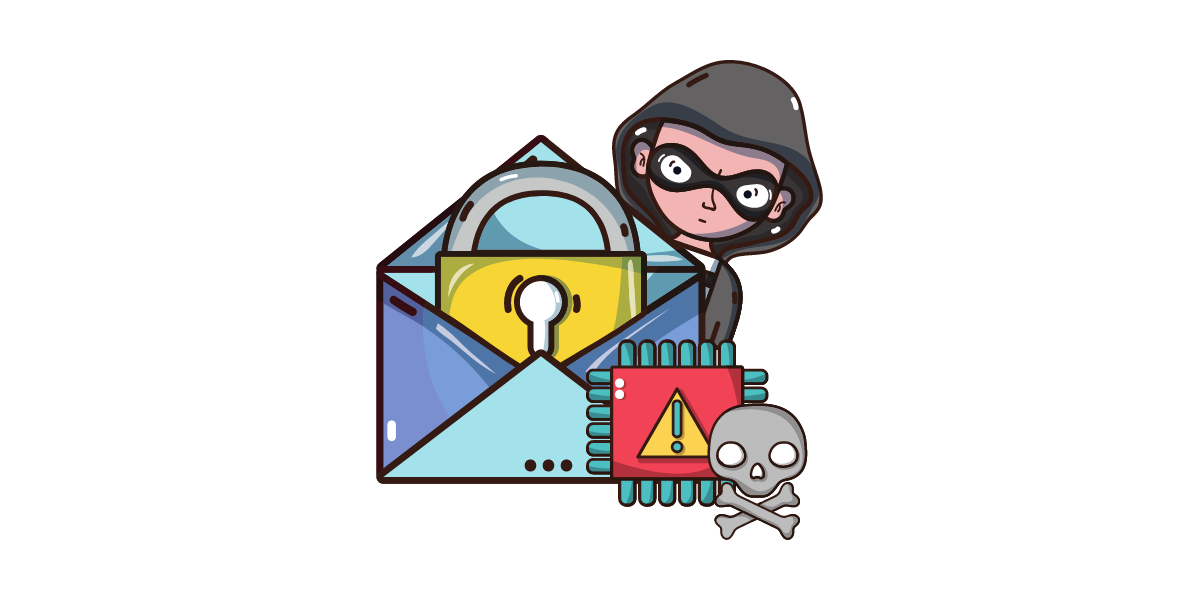
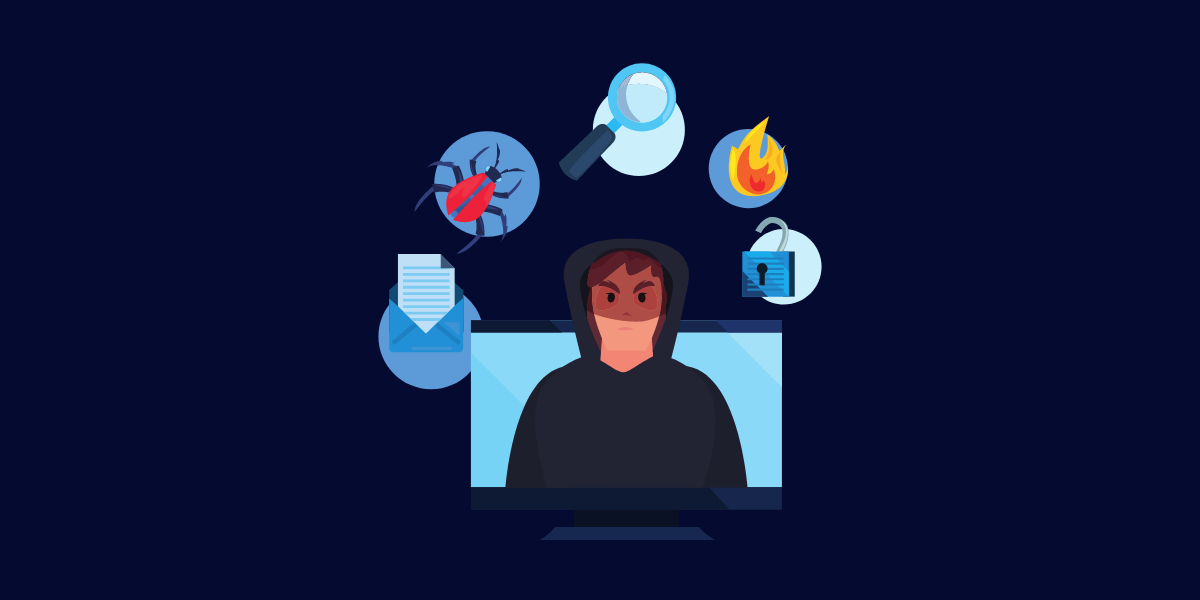
No comments